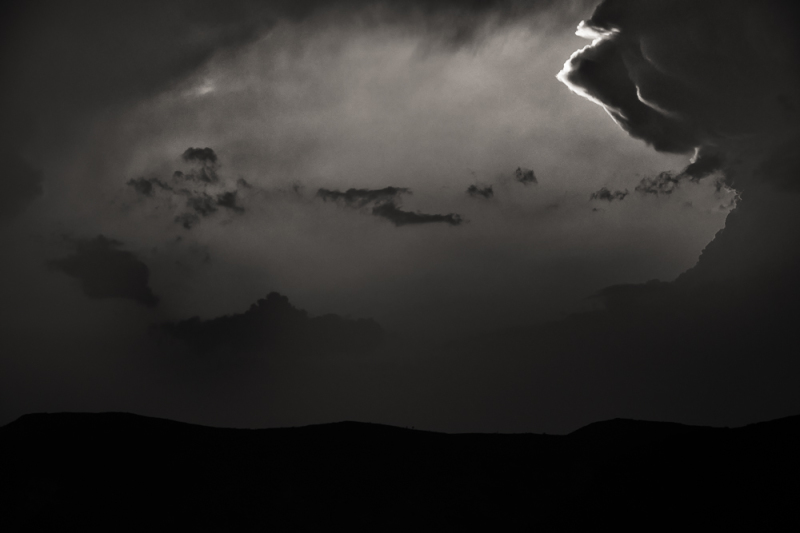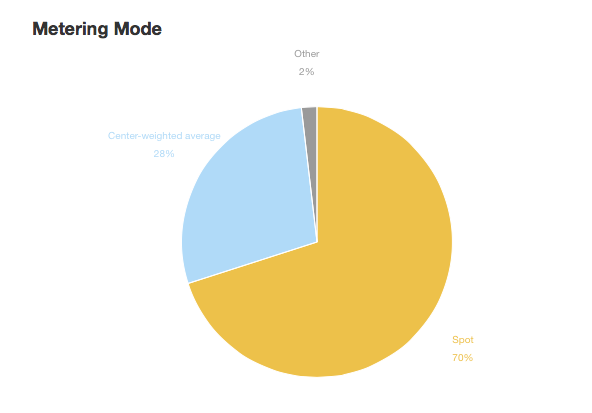Lightroom Analytics Plugin
Thanks to Piet Van den Eynde for showing me this cool (free) Lightroom plugin which helps photographers analyse their photo library. Run the plugin and you can see, in graphical form, the lenses you most commonly use, the cameras you rely on, and some of your most common moves both with in camera controls and […]

Thanks to Piet Van den Eynde for showing me this cool (free) Lightroom plugin which helps photographers analyse their photo library. Run the plugin and you can see, in graphical form, the lenses you most commonly use, the cameras you rely on, and some of your most common moves both with in camera controls and Lightroom development settings.
Unfortunately, I had trouble getting the plugin to work when analysing my whole library or even some whole year folders within the library. It seemed to stall on requests above 10,000 images. But, I was able to get some interesting results, or at least some confirmation of my habits, when running the plugin on smaller sets of photos.
Insights From My Recent Trip
First, I took a look the images from my recent trip through Rajasthan (1893 images). The plugin confirmed my tendency to create most of my photos in manual mode (55%) and then occasionally in aperture-priorty (43%) but I was surprised to see I used spot metering 70% of the time (I was expecting something closer to 50%). Maybe that had to do with the harsh lighting conditions under the Rajasthani sun?

The plugin also showed me that when I use exposure compensation on the camera, I am almost always using negative values and when I process images in Lightroom I’m almost always lowering the exposure level and desaturating the image.
Lens Lessons From 2013
Looking at 2013, I was reminded how much I experimented with different cameras last year but also, how I still relied on the (new) D800e for 63% of the images I created. What was more surprising though, was that 51% of the images for the year were made with just two lenses, the 50mm f1.4 (27%) and the 105mm f2 (24%). That means an awful lot of lenses on my studio shelf are not getting a lot of loving!
Going Back A Little Further
I was curious now to go back a little further, so I analysed images I made in Penang, in 2012, where I remember creating a lot of memorable photos under difficult circumstances. I was really surprised to see I used my 10.5mm f2.8 fisheye lens for 19% of the images from at trip. In fact, I used 50mm or shorter focal lengths for whopping 77% of the images from the week! And, I created 96% of the images in manual exposure mode.
Looking Deeper
Of course, the problem with using the plugin this way is analysing all the images in a folder kind of muddies the data a little. It means the plugin is also counting information from dud photos and unprocessed images. So, I decided to try something different and take a look at only my best photos, which of course is easy, if you have the right kind of collections made in Lightroom.
The first big surprise was a full 35% of my best photos were made with the 50mm f1.4 lens. I really need to take this lens out to dinner and buy it some flowers! The second surprise was 83% of these favourite images were shot in manual exposure mode. The third surprise; the most common apertures were f5.6 and f8, which is not technically a surprise, but wasn’t what I was expecting given how often I try to use much bigger and smaller settings.
Interestingly, most of these “best” images have a medium contrast tone curve and were desaturated in post production. There’s maybe a point of difference here with other contemporary photographers who work in HDR and other process-rich approaches?
Finally, while most of the images were exposed for between 1/125th and 1/60th of a second, there is a very long tail into longer exposure times, with a 1/2 second through to 8 seconds looking like the sweet-spot range for my low light landscape work.
Lessons From All This
In recent times I’ve tended to use aperture-priority mode and adjust the image with exposure compensation. It’s a solid approach, but I am now wondering why this doesn’t, at least on the basis of this analysis, produce the results for me the way shooting in full manual exposure mode seems to.
At times, I’ve tried to explain my approach to using spot-metering to other photographers who almost always seem unconvinced. Maybe I’m missing something here, but spot-metering, especially in the harsh lighting conditions I (admittedly enjoy) photographing in seems to really work for me.
Finally, although I own quite a few lenses now, almost all my best images only come from a handful of them; all prime lenses, most of them not cheap. Clearly, the adage of needing only a few, very good quality lenses, is borne out in my experience at least.
The Lightroom Analytics plugin is not perfect. I wish it could handle processing my full catalogue and the results from Lightroom processes are a little hard to read. And, unfortunately, the plugin doesn’t tell me how many were also processed outside Lightroom, either in Photoshop, or with something like a Nik Software plugin.
But, using this plugin can give you some fascinating real data on your photographic habits and could well help you think about how to make better images in the future.




